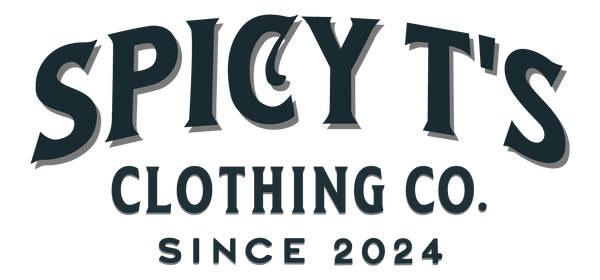
How to Learn Vector Art (Beginner to Pro Guide)
Share
What is Vector Art?
Vector art is artwork created using paths and mathematical curves, not pixels. This means you can scale it infinitely without losing quality — perfect for logos, merchandise, packaging, stickers, print designs, and digital art.
File types: .AI, .EPS, .SVG, .PDF
Made with: Adobe Illustrator, CorelDRAW, Inkscape, Affinity Designer
🔰 Step 1: Understand the Basics of Vector Graphics
Before jumping into software, understand key vector concepts:
| Concept | Description |
|---|---|
| Paths | Lines and curves created by points |
| Anchor Points | Key points that define a shape |
| Strokes & Fills | Outlines and internal colors |
| Bezier Curves | Smooth curves between points |
| Layers | Separate levels for easy editing |
🔎 Watch: YouTube tutorials on “Vector vs Raster” to visualize the difference.
🛠️ Step 2: Choose Your Vector Software
Best for Beginners:
-
Adobe Illustrator (Industry standard – most tutorials use this)
-
Inkscape (Free & open source)
-
Affinity Designer (One-time payment alternative)
-
CorelDRAW (Great for print and sign design)
🔗 Start with a free trial or Inkscape if you’re on a budget.
🎨 Step 3: Learn the Tools (Hands-On Practice)
Start drawing basic shapes, lines, and icons. Learn these tools:
| Tool | Use |
|---|---|
| Pen Tool (P) | For precision paths and curves |
| Shape Tool | Circles, rectangles, polygons |
| Direct Selection Tool (A) | Edit anchor points |
| Width Tool | Control line thickness dynamically |
| Pathfinder / Boolean | Combine or cut shapes |
🖊️ Practice Tip: Trace simple logos like the Twitter bird or Apple logo.
📚 Step 4: Follow Structured Courses or Playlists
Here are some top platforms to learn vector art:
🎓 Free:
-
YouTube
-
“How to Use the Pen Tool in Illustrator”
-
“Flat Vector Illustration Tutorial”
-
“Beginner’s Guide to Inkscape”
-
💼 Paid:
-
Skillshare – Great for illustration + logo design
-
Udemy – Courses under $20
-
Domestika – Stylized, pro-level vector art classes
✏️ Step 5: Practice with Small Projects
Start simple and grow:
-
Trace your favorite cartoon in vector
-
Design your own logo
-
Make a vector character for social media
-
Create sticker or patch designs
-
Recreate flat icons or vector scenes
🔥 Consistency Tip: Try “30 Days of Vector Art” — draw one vector object a day.
🖼️ Step 6: Study Professional Artists
Follow and analyze top vector artists:
-
Aaron Draplin (@draplin)
-
Von Glitschka (@vonster)
-
Hydro74 (@hydro74)
-
Jessica Hische (@jessicahische)
-
Beeple (@beeple_crap)
🎨 Observe how they use:
-
Shapes
-
Color blocking
-
Line weights
-
Shading styles
💻 Step 7: Join Design Communities
Engage with other artists for feedback and motivation:
-
Reddit: r/VectorArt, r/AdobeIllustrator
-
Facebook Groups: Illustrator, T-shirt design
-
Behance & Dribbble: For inspiration
-
Discord Servers: Many offer critique and daily challenges
🚀 Step 8: Build Your Portfolio
As your skills grow:
-
Showcase your vector work on Behance, Instagram, or ArtStation
-
Start freelancing on Fiverr, Upwork, or DesignCrowd
-
Create merch or designs for Printful, Redbubble, or Etsy
📦 Bonus Tools for Learning Faster
| Tool | Use |
|---|---|
| Graphic Tablet | More control for freehand vector art |
| Canva (Pro) | Use to study vector shapes & layout |
| Pinterest Boards | Save design inspirations |
| Unsplash/Pexels | Trace real photos into line art |
🧠 Final Tips for Mastering Vector Art
-
Don’t chase perfection early — finish more, perfect later
-
Learn by tracing and replicating good designs (for practice only)
-
Save your work often and use layers
-
Use keyboard shortcuts (e.g. Ctrl+Z, P for Pen Tool)
